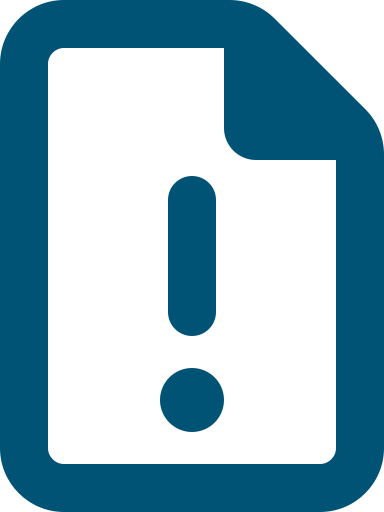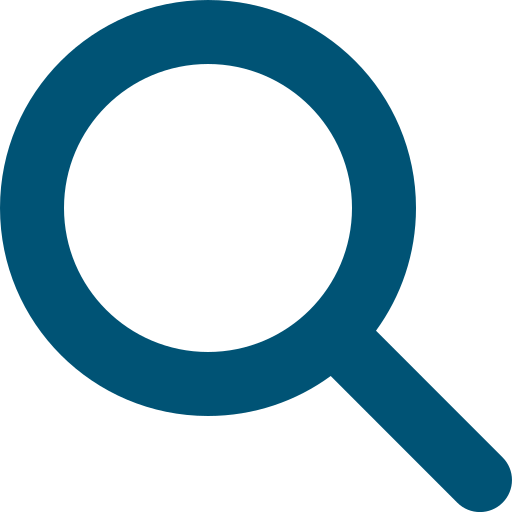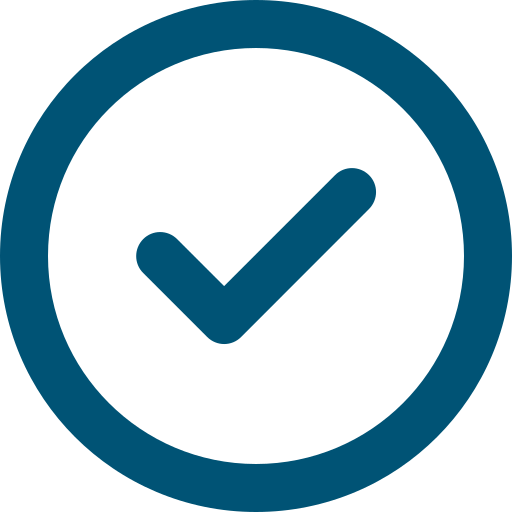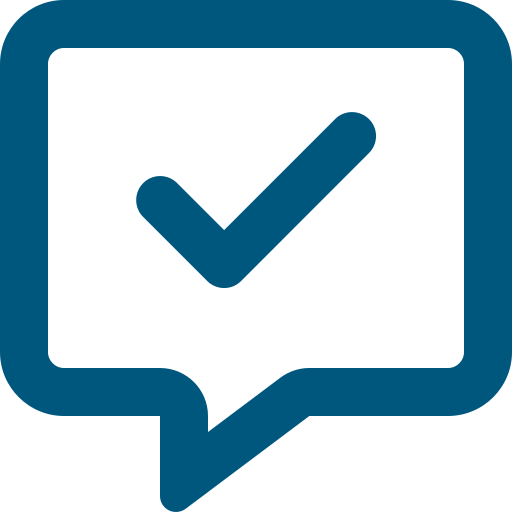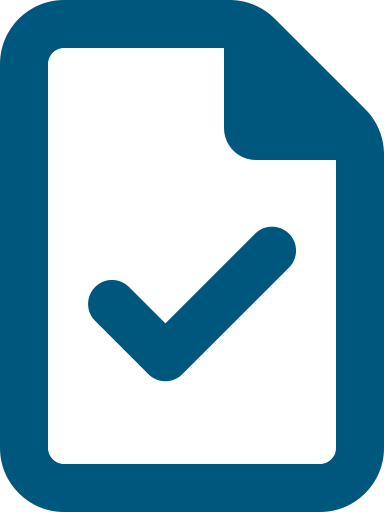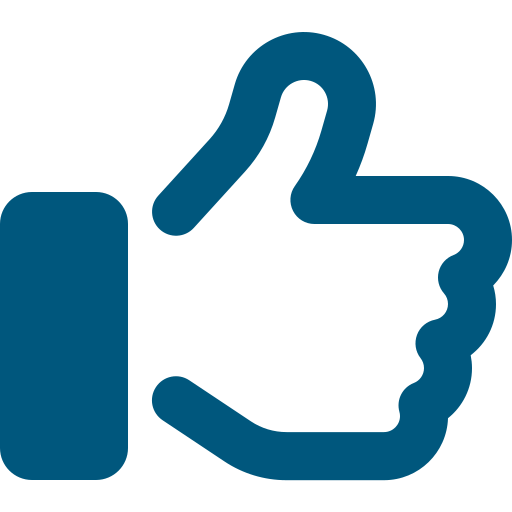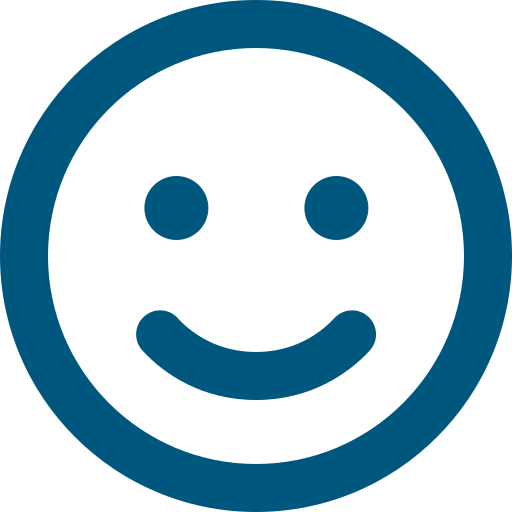What is the outcome you need to achieve?
The provider must ensure that information recorded about an individual is accurate and current, is able to be accessed and understood by the individual, supporters of the individual, aged care workers and health professionals involved in the individual’s care.
The provider must ensure that the information of individuals is kept confidential and managed appropriately, in line with their informed consent.
Updates to guidance
An updated version of the strengthened Standards was published by the Department of Health, Disability and Ageing on 18 February 2025. Please see here for more information Strengthened Aged Care Quality Standards – February 2025 | Australian Government Department of Health, Disability and Ageing.
The Commission is currently updating our guidance content to reflect these changes. Please ensure you check back regularly.
Actions
The provider implements an information management system to securely manage records.
The provider’s information management system ensures that:
- aged care workers and individuals, supporters of the individual, and health professionals involved in the individuals care have access to the right information at the right time to deliver and receive quality funded aged care services
- the accuracy and completeness of information collected and stored is maintained
- informed consent is sought to collect, use and store the information of individuals or to disclose their information (including assessments) to other parties
- individuals understand their right to access or correct their information or withdraw their consent to share information
- information from different sources is integrated.
The provider regularly reviews and improves the effectiveness of the information management system.
Why is this outcome important?
Outcome 2.7 explains providers’ obligations to have an information management system* to safely manage the information of older people with their informed consent*. This outcome explains the need to make sure information is:
- confidential
- secure
- able to be identified
- current
- accurate
- integrates information from different sources.
Timely* access to the right information at the right time supports workers*, older people, their supporters, healthcare professionals* and others involved in the older person’s care, to deliver quality care* and services tailored to the older person’s needs. Information stored in this system* must be clear and easy to understand, enabling efficient access for workers*. Outcome 2.7 also highlights how you need to regularly* review and improve how effective the information management system* is. This includes current technologies and data practices. This informs the overall quality system* and drives continuous improvement* in how you deliver care and services.
You need to give focus to:
- access to information
- making sure information is accurate and complete
- reviewing and improving the information management system*.
Update to guidance
An updated version of the strengthened Standards was published by the Department of Health, Disability and Ageing on 18 February 2025. Please see here for more information Strengthened Aged Care Quality Standards – February 2025 | Australian Government Department of Health, Disability and Ageing.
The Commission is currently updating our guidance content to reflect these changes. Please ensure you check back regularly.
Key tasks
Providers
Providers
Put in place an information management system* to manage records.
Put in place a system* for managing information, including the clinical information system* (Outcome 5.1), that:
- gives workers* and others such as visiting health professionals*, agency workers* and approved providers* access to the right information at the right time
- enables older people, supporters and others they want to involve, to access the information they need to receive quality care* and services
- makes sure stored information is accurate and complete. This also applies to information that’s shared between services that provide support to the older person such as telehealth* services.
- makes sure that you get informed consent* (Outcome 1.3) to collect, use and store older people’s information. You also need informed consent* to disclose older people’s information with other people or organisations. This includes assessment information. If an older person withdraws their consent, record and communicate this.
- integrates information from different sources where needed, such as information from hospitals
- manages cyber security risks (Outcome 2.4)
- has enough data storage for the records you need to keep.
The information management system*, including the clinical information system*, should be digital where possible. This will be specific to each provider. There should always be ways to access critical information* when digital systems are offline. For example, you can:
- put in place processes* to make information available offline
- put in place processes* to record clinical information on paper during internet or power outages.
Use your information management system* to record information.
Use the information management system* to make sure you securely manage any records at the service. This should be in line with your state or territory legislation and applicable privacy laws. Use the information management system* during processes*, systems* and strategies to do with:
- choice, independence and quality of life* (Outcome 1.3), transparency and agreements (Outcome 1.4). Make sure information about the older person’s care, services, and agreements and care commencing (whichever comes first):
- is current, accurate, timely* and easy to understand
- supports the older person to make informed decisions
- is accessible by workers*
- helps workers* to partner with older people to make informed decisions based on accurate and timely* information.
- human resource management (Outcome 2.9). Store information from possible candidates and existing workers* accurately against their profile.
- assessment and planning (Outcome 3.1). Each older person’s care and services plan* needs to include information about the risks associated with the delivery of care and services. It also needs to include how workers* can support older people to manage these risks (Outcome 2.4). Make sure you securely store information from assessment and planning and risks and use it to inform the systems* for:
- comprehensive care* (Outcome 5.4)
- safe and quality use of medicines* (Outcome 5.3) and antimicrobial stewardship* (Outcome 5.2)
- clinical safety (Outcome 5.5)
- infection prevention and control* in the environment (Outcome 4.2) and when you deliver clinical care* services (Outcome 5.2)
- palliative care* and end-of-life care* (Outcome 5.7)
- food, drink and the dining experience* (Outcomes 6.1, 6.2 and 6.4).
Put in place a clinical information system*. This should be digital if possible. Use it to record and manage older people’s clinical information. For example, transitions of care* (Outcome 3.4), assessment and planning (Outcome 3.1) and medication management* (Outcome 5.3). This will help you to deliver safe and quality care* and services. Where possible, the clinical information system* should also record Quality Indicator data. The guidance for Outcome 5.1 has more information on the clinical governance* framework.
Workers* need to monitor and record each older person’s preferences, function and changes during activities of daily living*. For residential service providers, the guidance for Outcome 7.1 has more information on supporting older people with activities of daily living*.
During transitions of care*, make sure you give timely*, current and accurate information about the older person to supporters, health professionals* and organisations involved in the older person’s care, in addition to others the older person may want to involve, such as family and carers*. Make sure you provide this information with the older person’s informed consent*. The guidance for Outcome 3.4 has more information on coordinating care and services. For residential service providers, the guidance for Outcome 7.2 has more information on transitions.
For home service providers, information about the older person’s care, such as nutritional needs or activities of daily living*, can be stored in the clinical sections of your database. This doesn’t need to be a dedicated clinical information system*. Make sure information about a person’s safe delivery of care and services is assessed and those involved in their care can access it. This includes associated providers*.
Put in place strategies to help workers* use the information management system* well.
Make sure all workers* and others involved in the older person’s care* can access your information management system*. Make sure their access to your system* is appropriate to their role. This includes any system* workers* or others, such as Commission Quality Auditors, use. This also includes any policies* and procedures*. Check with workers* and others that they can access the information management system*. If they can’t, make sure you give them access.
Make sure policies* and procedures* support people to use your information management system*. Make sure these are:
- current and informed by the latest contemporary evidence-based practices*
- regularly* reviewed
- clear and accessible for workers* and others involved in the older person’s care* and services.
Provide workers* with guidance and training on how to use the information management system* (Outcome 2.9). This includes training to support digital skills if needed. This needs to be in line with:
- the organisation’s policies* and procedures*
- workers’* roles and responsibilities
Make sure workers* understand:
- their role in the information management system*
- how to use the system* to safely manage information about older people and their care and services.
The guidance for Outcomes 2.8 and 2.9 has more information on workforce* planning and human resource management.
Monitor how well you use the information management system*.
Regularly* review your information management system* to make sure it works well. Look for ways to improve the system*.
To check if you’re managing information well, you can review:
- older people’s care and service plans* (Outcome 3.1)
- complaints* and feedback* (Outcome 2.6)
- incident* information (Outcome 2.5)
- worker* performance and how well they’re using the information management system*. You can do this through quality assurance and system* reviews (Outcome 2.9).
- policies* and procedures*.
If you find any issues or ways you can improve through your reviews and assessments, you need to address them. If things go wrong, be open about it. Share what went wrong with older people, their supporters and others they may want to involve, such as family, and carers* (Outcome 2.3). Put in place strategies to mitigate the risk of things going wrong again.
The guidance for Outcome 2.3 has more information on monitoring the quality system*.
